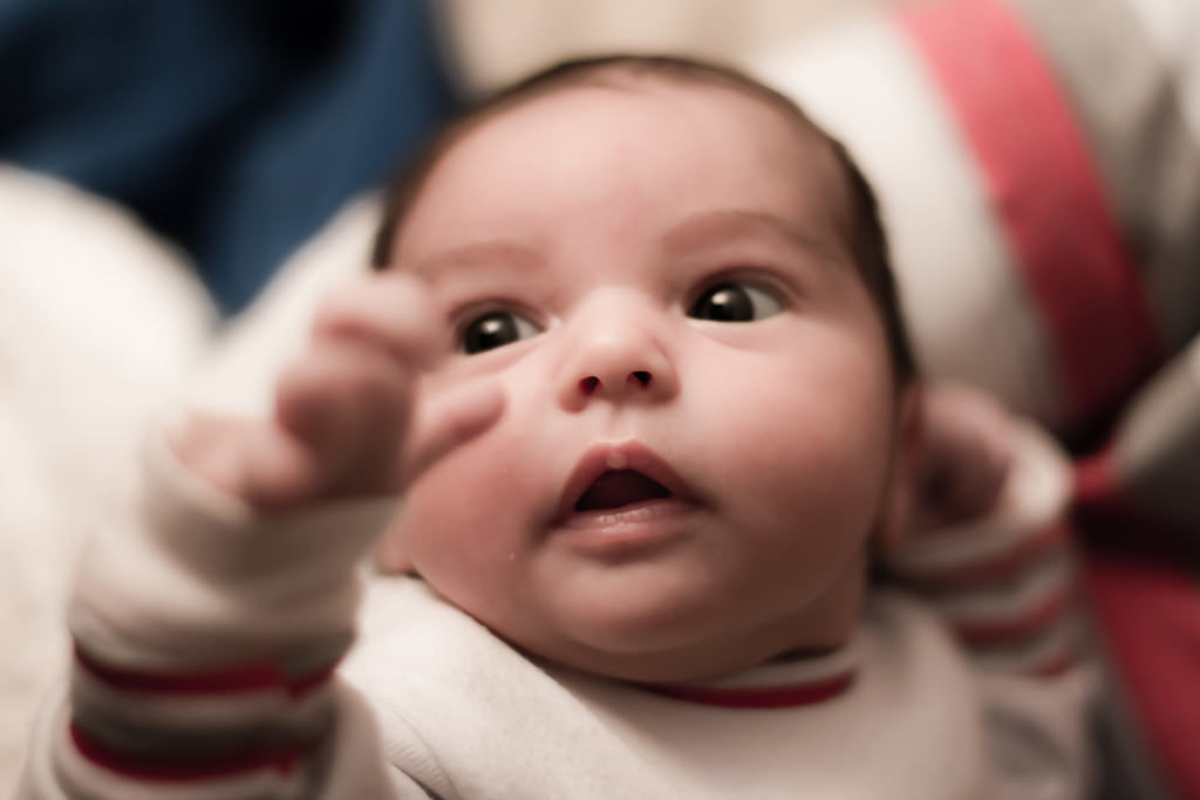Table of Contents
Mostly, hernias are painless and sometimes get overlooked in children, so parents should keep a close on their children and look for a bulge or swelling coming out of the groin or umbilical regions. A doctor’s appointment should be made if you suspect a hernia.
When To Seek Immediate Help?
If there is only a soft and painless bulge in groin or navel, then make a doctor’s appointment and the doctor will manage it accordingly. If you see any of the following signs, take your child to the nearest ER immediately:
- The swelling becomes painful suddenly
- The child vomits
- The swelling becomes hard and bigger
- Child gets a fever
- The site of hernia becomes discolored (reddish)

Treating Hernia In Children
Hernia treartment largely depends on the type of hernia.
Umbilical Hernia is mostly managed non-surgically. More than 95 percent of umbilical hernias resolve spontaneously in the first three years of life without any treatment. If a large umbilical hernia persists after the third birthday then a minor surgery is performed. A small incision is made just below the navel. The loop of the small intestine is put back in place and the sac is ligated and excised. The skin and fascia are then closed with absorbable sutures.
Inguinal Hernia is almost always treated with surgery; there is no medicinal treatment for inguinal hernia.
READ Hernia Operation: Recovery After Hernia Surgery
Here's what you need to know if your child is going to undergo hernia surgery:
- Pre-operative Care: The surgery is performed under general anesthesia so the child should not eat anything for six hours before the surgery to avoid the risk of vomiting during surgery.
- Herniotomy: This means excision of the sac of hernia. After general anesthesia becomes active, an oblique small skin crease incision is made on the inguinal canal in the groin area. The skin and fascia are retracted and the hernia sac containing the loop of intestines is identified and separated. The loop is pushed back into its original position in the abdomen and the sac is the removed.
- Herniorrhaphy means repair and strengthening of the area after the removal of the sac so that hernia does not form again. There are chances of recurrence of hernia on both sides. So, after a herniotomy, a surgeon assesses the area and decides to reinforce one or both sides accordingly. Herniorrhaphy is usually done either with sutures or a prosthetic mesh. It is placed in the posterior wall of inguinal canal so that the hernia does not pop out of it again.
- After the surgery: If everything goes well, the child is discharged a few hours after the surgery on the same day. The child can resume their normal eating habits immediately and have a bath after one or two days. Do not pull off the tapes on the incision site. They will dissolve on their own after some time.
- A follow up appointment is made seven to 10 days after the surgery just to check the incision site and recovery.
- Photo courtesy of Bhakua via Flickr: www.flickr.com/photos/sswain_1999/15810234955
- Photo courtesy of Hernan Piñera via Flickr: www.flickr.com/photos/hernanpc/15854480235
- https://my.clevelandclinic.org/childrens-hospital/health-info/diseases-conditions/hic_Inguinal_Hernia_Treatment_for_Children http://www.aboutkidshealth.ca/en/healthaz/conditionsanddiseases/injuries/pages/hernia.aspx http://emedicine.medscape.com/article/932680-overview


Your thoughts on this